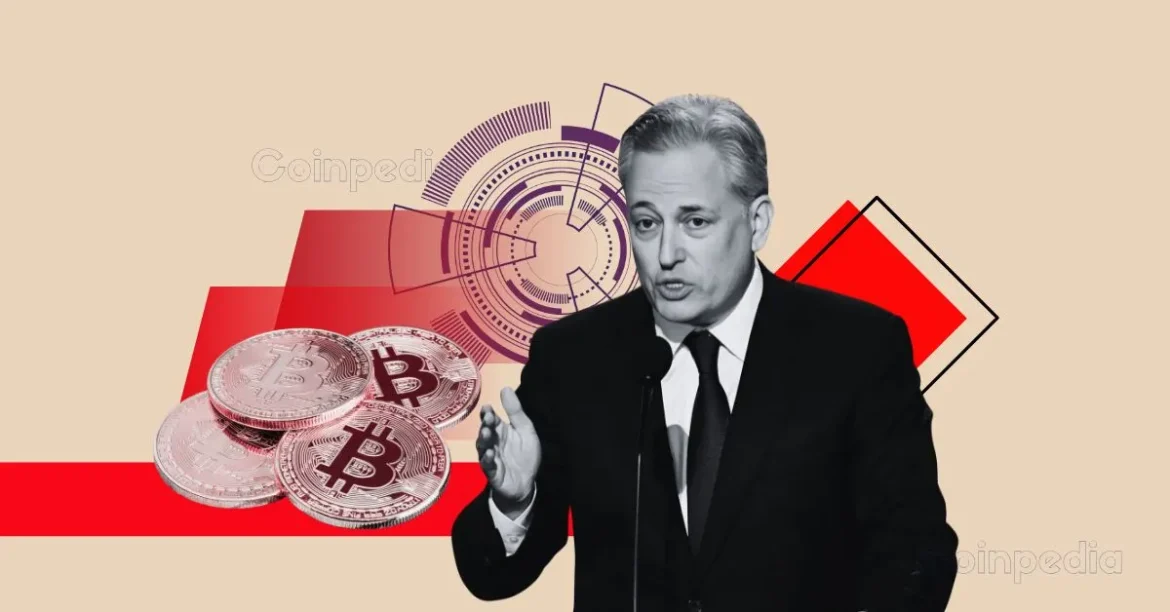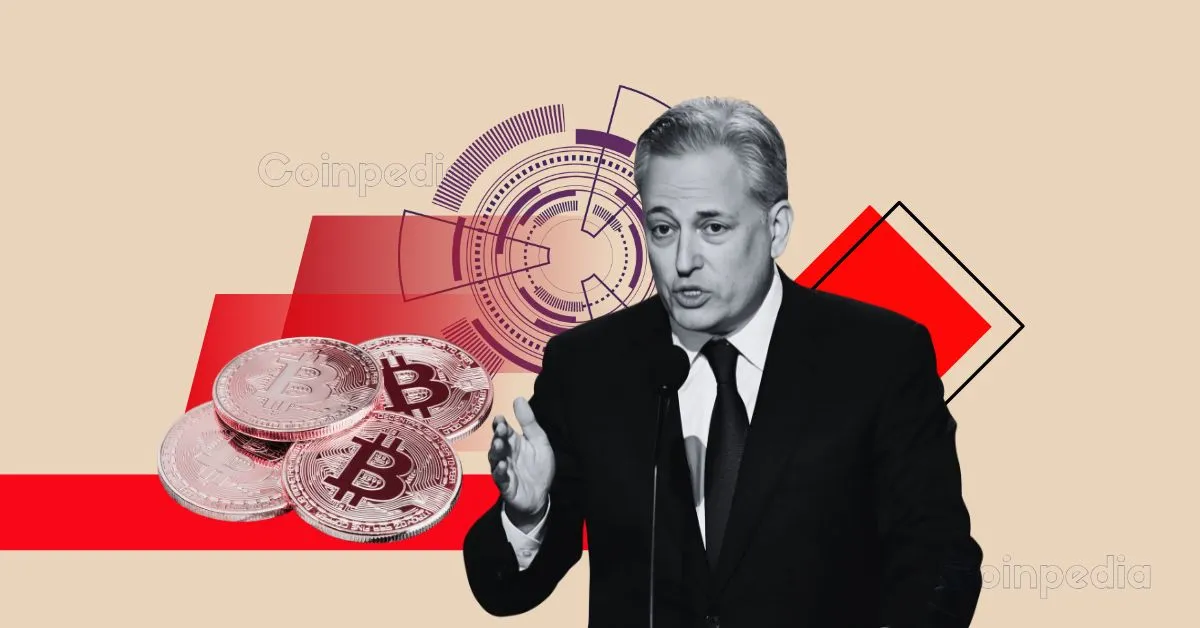Unlocking Trillions: The Impact of Stablecoin Legislation on U.S. Treasury Demand
Stablecoins, a category of cryptocurrencies pegged to real-world assets like the U.S. dollar, are rapidly reshaping the landscape of digital finance. Recently, David Sacks, the White House’s crypto czar during the Trump administration, has emerged as a prominent advocate for structured regulation of stablecoins. According to Sacks, proposed stablecoin legislation, notably the GENIUS Act, has the potential to unleash “trillions of dollars” in demand for U.S. Treasuries practically overnight, signaling a profound economic opportunity for the nation.
The Scale of Stablecoin Transactions Compared to Traditional Networks
Deutsche Bank’s research highlights the immense scale of stablecoin usage, revealing that transactions involving stablecoins reached approximately $28 trillion last year. To put this figure in perspective, it surpasses the combined transaction volume of Mastercard and Visa, two of the most dominant traditional payment networks worldwide. This staggering transactional activity demonstrates the growing mainstream acceptance and use of stablecoins as a medium of exchange.
Given the enormous volume, Sacks frames the GENIUS Act not merely as a legislative step for regulating cryptocurrencies but as a strategic move for U.S. economic policy. By providing clarity around legal frameworks for stablecoin use, the act aims to encourage massively increased adoption, which in turn could drive substantial demand for U.S. government debt.
How Stablecoin Legislation Could Drive Demand for U.S. Treasuries
Stablecoins often function as digital dollar substitutes. Hence, regulatory clarity and onshore issuance of stablecoins could significantly reinforce the dominance of the U.S. dollar in international finance and digital transactions.
Sacks asserts that establishing a clear legal environment would bolster confidence among investors and users, creating trillions of dollars in new demand for U.S. Treasuries. The reasoning is that stablecoins, backed by or pegged to Treasury securities, would need large quantities of these instruments as collateral or backing. This increase in Treasury buying would:
– Enhance the liquidity and attractiveness of U.S. debt instruments
– Potentially lower long-term interest rates due to higher demand
– Provide a more robust funding mechanism for government operations
Essentially, stablecoin-related regulations could transform these digital currencies into tools that drive Treasury demand just as significantly as traditional financial instruments do today.
Legislative Momentum: The GENIUS Act and Stablecoin Bills
The GENIUS Act has successfully cleared Senate hurdles and is supported by policymakers aiming to regulate stablecoin issuance within the United States. Alongside this, other legislative proposals like the STABLE Act of 2025 further indicate growing commitment to defining the regulatory framework for stablecoins.
Key features of these bills emphasize:
– Clear legal recognition and guidelines for U.S.-based stablecoin issuance
– Consumer protection measures
– Anti-money laundering and financial security standards
– Supporting the integration of stablecoins into the broader financial system
Such legislation is viewed by advocates, including Sacks, as a way to not only secure the U.S. position in global digital finance but also to encourage responsible innovation.
Economic Implications Beyond Treasury Demand
Beyond Treasury markets, stablecoin regulation stands to impact the broader financial ecosystem by:
– Enhancing the role of the U.S. dollar as the global reserve currency in the digital age
– Reducing volatility and risks associated with unregulated stablecoins
– Supporting mainstream adoption of digital finance tools by businesses and consumers
– Promoting cross-border payment efficiencies that rival traditional networks like Visa and Mastercard
Such effects could translate into a more competitive and resilient U.S. economy capable of leveraging emerging technologies without sacrificing financial stability.
Challenges and Considerations
While the potential benefits are significant, the road to unlocking trillions in Treasury demand via stablecoin regulation also faces challenges:
– Balancing innovation with regulation: Overly restrictive policies might stifle growth, whereas insufficient regulation could lead to systemic risks.
– Ensuring interoperability: Stablecoins must integrate seamlessly with existing financial infrastructure.
– Global coordination: Given the borderless nature of cryptocurrencies, international cooperation is vital to prevent regulatory arbitrage.
– Technological and security considerations: Protecting against fraud, cyberattacks, and operational risks is a continual priority.
Addressing these challenges requires meticulous legislative design and ongoing collaboration between regulators, technologists, and market participants.
Conclusion: A New Economic Frontier for U.S. Treasuries
David Sacks’ bold prediction that stablecoin legislation could unlock trillions in U.S. Treasury demand practically overnight underscores the transformative potential of digital assets when paired with clear regulatory frameworks. The convergence of massive transaction volumes, legislative momentum, and strategic economic incentives positions stablecoins as catalysts for bolstering U.S. financial leadership.
If successfully harnessed, this regulatory clarity can reinforce the dollar’s dominance, deepen Treasury markets, and stimulate innovation across the financial system. Stablecoins are no longer merely a niche financial technology; they stand at the threshold of becoming powerful instruments that could reshape national economic strategy and global monetary dynamics alike.





